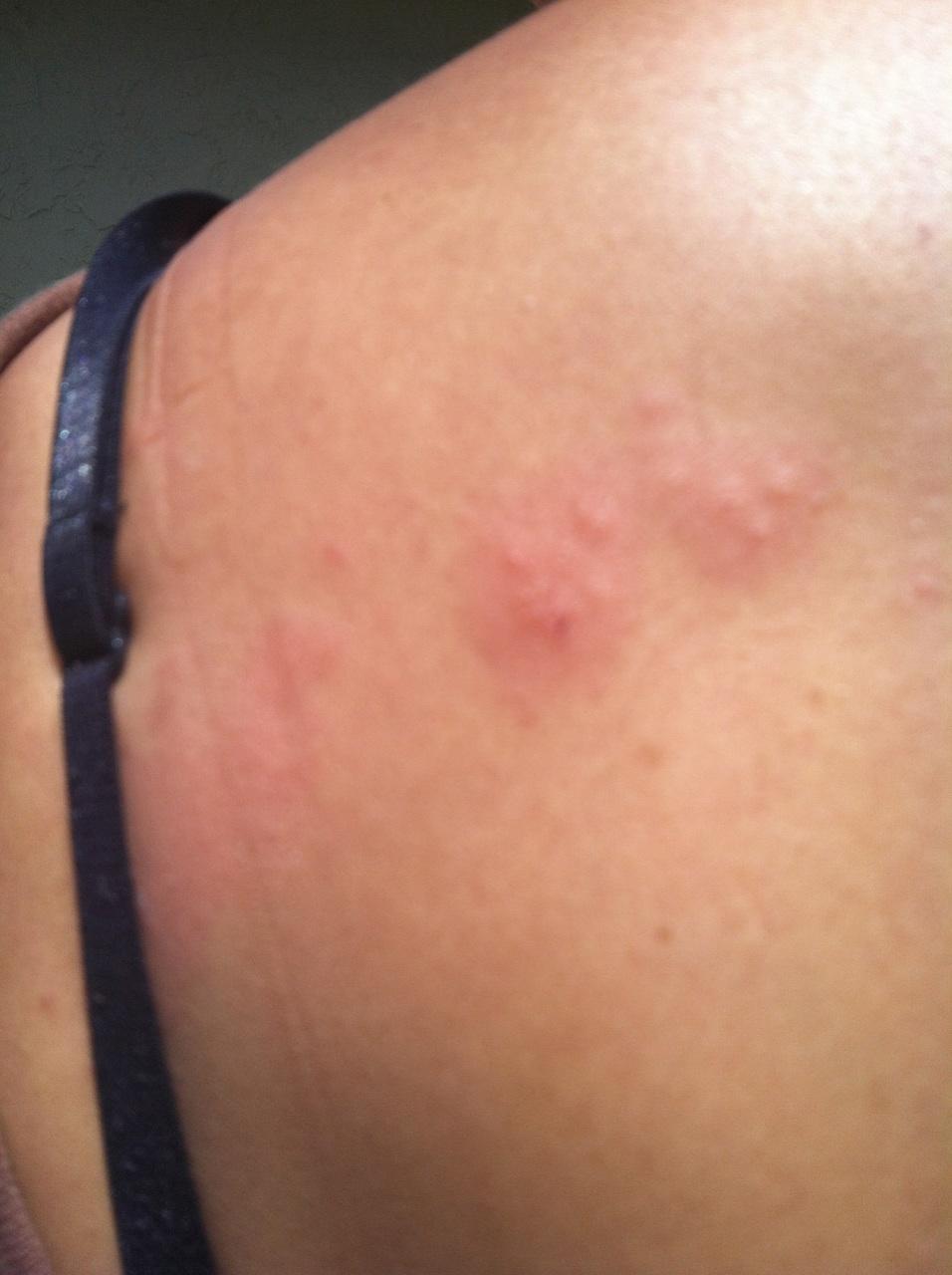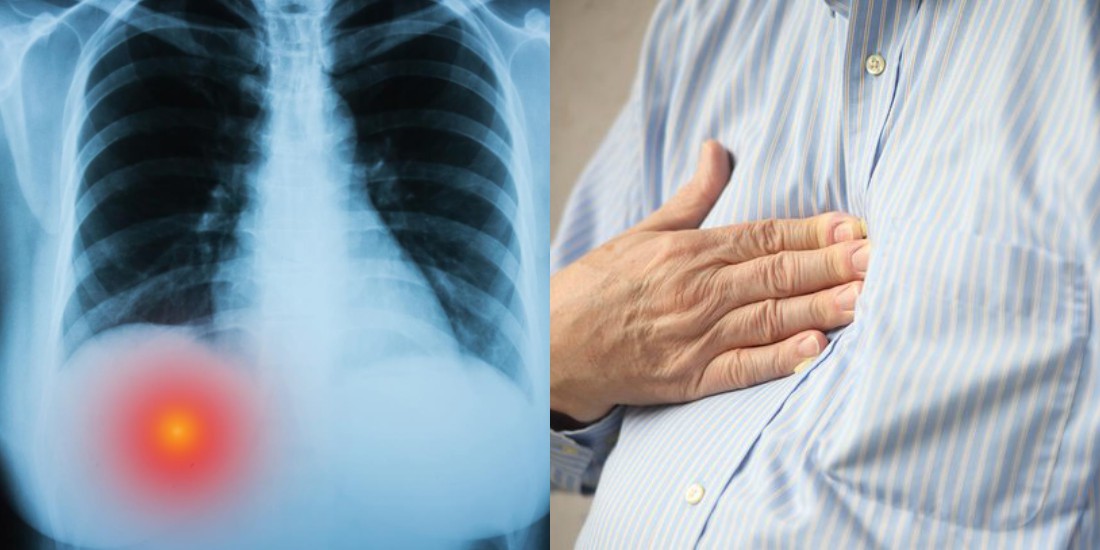
This may be the most common type of non-cardiac chest pain. People who experience chest pain that has no physical cause often score high on tests for anxiety. A sure sign of food poisoning: A dining companion who ate the same dish has come down with the same symptoms. Eating contaminated food will trigger a long list of symptoms in addition to possible chest pain: nausea, vomiting, sweating, abdominal cramps, and diarrhea, thirst, confusion, vertigo and muscle weakness. This is a tricky one though because indigestion and nausea can occur with a heart attack. One or more other symptoms such as nausea, feelings of fullness, belching and bloating may accompany indigestion. Often mistaken for a heart attack, indigestion - a painful, burning sensation behind the breastbone - frequently follows a heavy, high-fat meal. As they age, people can easily break ribs by just coughing, so trauma is not necessarily part of the equation.

Broken ribs and cartilage strains cause a much sharper pain often made worse by taking a deep breath, laughing, sneezing, etc. While often painful, other serious symptoms rarely accompany muscle strain.


Muscular chest pain is like the achiness you feel when you have overused muscles in other parts of your body. It can also occasionally happen just due to something as subtle as an uncomfortable sleeping position. This usually happens after you have exerted yourself, such as lifting a heavy box or participating in an intensive exercise class.


 0 kommentar(er)
0 kommentar(er)
